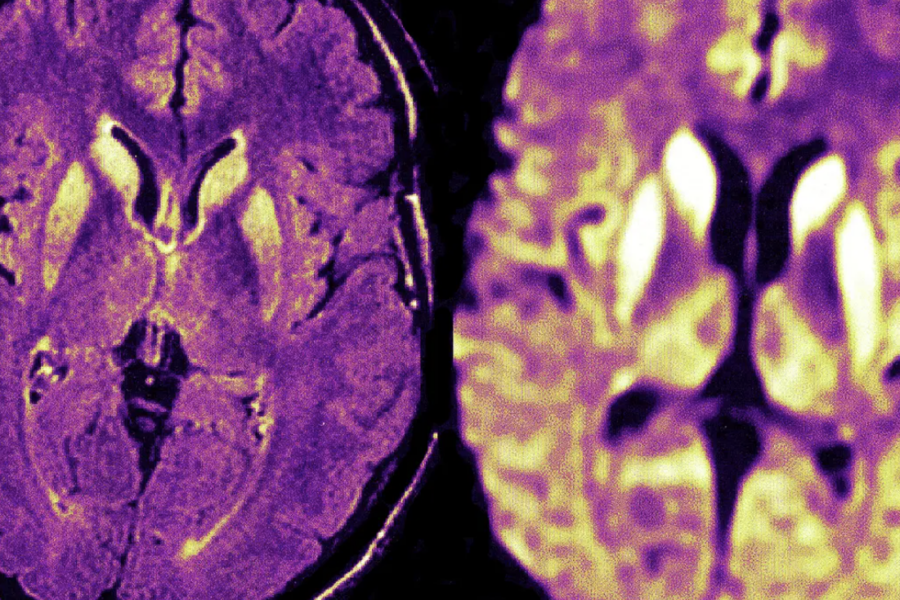MedPage Today Incidence of Creutzfeldt-Jakob disease increased, especially among women.
The incidence of Creutzfeldt-Jakob disease (CJD), a universally fatal prion disease that progresses rapidly, rose consistently from 2007 to 2020, a study of death certificates showed.
CJD codes on death certificates totaled 5,882 during that period, with 51.2% of cases occurring among women, according to John Probasco, MD, and Matthew Crane, BS, both of Johns Hopkins School of Medicine in Baltimore, and co-authors.
From 2007 to 2020, the incidence climbed from 1.06 to 1.58 per million in women (P<0.001) and from 1.05 to 1.47 per million in men (P=0.001).
After adjusting for age, the increase in incidence was not significant for men (P=0.25) but remained significant for women (P=0.045), Probasco and colleagues reported in a JAMA Neurology research letter.
“Our findings indicate the reported incidence of CJD has risen considerably, disproportionately affecting older and female individuals,” the researchers observed.
CJD is the most common form of human prion disease. Approximately 85% of cases are sporadic and 15% are genetic. About 70% of people with CJD die within 1 year.
CJD presents as a rapidly progressing dementia and tends to strike people 60 and older. Variant CJD, an infectious type linked to bovine spongiform encephalopathy or “mad cow” disease, was first detected in the U.K. in the mid-1990s and usually affects younger people. Four cases of variant CJD have been reported in the U.S. since 2001. Other animal prion diseases like chronic wasting disease may have the potential for zoonotic transmission to humans, but no human cases have been reported.
